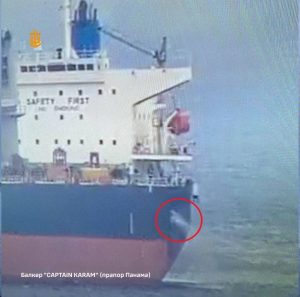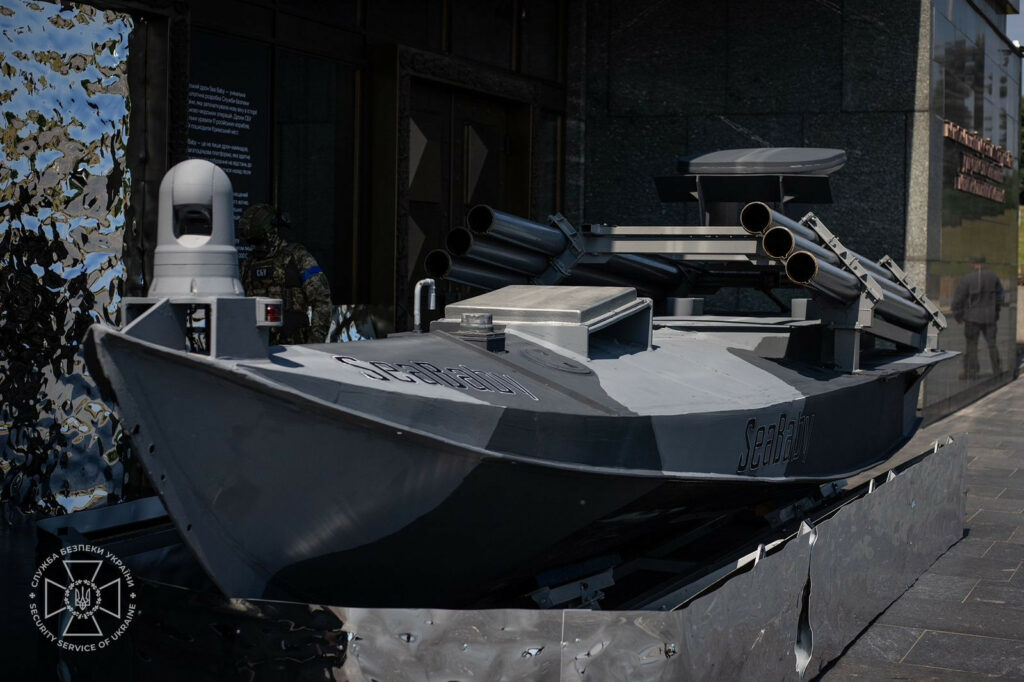Shipping in wartime: answers to the most common questions

After two years of full-scale war in Ukraine, facing many challenges and risks, despite all the difficulties, Ukrainian business finds ways to continue working in extremely difficult conditions.
The maritime industry is no exception, and despite all the negative forecasts and scenarios regarding the cessation of civil shipping in Ukraine, it continues to consider Ukrainian Black Sea ports as a full-fledged market.
Of course, shipping in the Black Sea region under conditions of constant threats raises numerous questions, in particular for experts in the field of law and insurance.
Some questions are heard more often than others, so Interlegal together with Pavel Svertilov, CEO at Svertilov Marine Consulting and correspondent of P&I clubs in Ukraine, have prepared for you clarifications and answers to the most common of them.
Question No. 1. In what operation mode are Ukrainian ports currently working? What are the potential risks and limitations of working in the port? What is the specificity of the port’s work during the war period?
Since August 2023, thanks to the efforts of the authorities and the Armed Forces of Ukraine, the so-called “Ukrainian Grain Corridor” has been operational, thanks to which the ports of Great Odesa, which traditionally include the ports of Odesa, Chornomorsk and Pivdenne, have resumed operation.
The results of the resumption of work are impressive: according to the data presented by Ukrainian Sea Ports Authority, since the beginning of the operation of the Ukrainian corridor, as of March 2024, 1,130 vessels have been processed.
As for the operation of river ports, the ports of the Danube cluster include the ports of Reni, Izmail and Ust-Dunaisk (which also includes the Kiliya port point).
Since the beginning of the full-scale invasion, these ports have become the center of shipping activity in Ukraine. Only in 2023, the Danube ports handled more than 14,000 ships with a cargo turnover of about 32 million tons. Currently, in connection with the full recovery of the ports of Great Odesa, it is predicted that the volume of transshipment in these ports will return to the level that existed before the start of combat actions in Ukraine.
The ports of Mykolaiv, Olvia, Dnipro-Buzky, Ochakiv and Kherson belong to the ports that are not far from the war zone, but under the control of Ukraine. Entry and exit of ships from these ports is prohibited, only internal port operations and cargo transshipment are effectively closed to shipping, as Ukraine cannot guarantee the safety of ships when they enter these ports. In addition, there is a risk that such vessels will be included in the sanctions list in the case of ship entries.
At the moment, such ports as Berdyansk, Mariupol and Skadovsk are occupied – since 2022, and the ports of Crimea – Kerch, Sevastopol, Feodosia, Yalta, Yevpatoria – since 2014.
Therefore, the main activity of shipping is now concentrated in the ports of Great Odesa and the ports of the Danube cluster.
Question No. 2. How does the “Grain Corridor” function in Ukraine? What protective measures are in place?
The “Grain Corridor”, which was created in July 2022, ceased to operate in July 2023 and is currently not functioning at the initiative of the Russian Federation. Of course, there was an urgent need for an alternative solution.
Therefore, Ukraine has developed alternative routes for commercial vessels. The government is working to minimize risks for shipping and has developed a special procedure for using the following alternative routes:
• The ship’s destination is agreed by the ship’s agent with the military administration in advance.
• The captain issues a letter of guarantee in which he declares himself responsible for any damage and loss that may occur due to military threats.
• The convoy does not accompany the ship, the captain of the ship only receives the coordinates of the route, which must be followed.
Undoubtedly, despite the reopening of the ports, the war still affects their functioning, and therefore some protective measures have been implemented:
• The pilot service operates only during the day time.
• Apart from the ports of the Danube cluster, anchoring in the ports is practically impossible. As an exception, with the special permission of the harbor master, anchorage can be agreed for a very short period of time
• Turning off the ship’s light while the ship is in the port.
• Cargo operations are suspended during an air alert.
• Operations with dangerous goods require the permission of the military administration.
• The passage of the surveyor to the vessel is organized in advance.
• All inspections are conducted with curfew in mind.
Undoubtedly, there is a risk of missile attacks, floating mines, which requires an adequate adjustment of the terms of charter contracts. It is recommended to include appropriate protective clauses in the Charter Agreement and to insure the ship against war risks.
Indirect military risks that the charter parties need to take into account are the delay in the berthing of ships on the Danube and possible collisions due to the high traffic and narrowness of the river.
Question No. 3. What guarantee and what security measures should be provided before the vessel enters a Ukrainian port?
In May 2023, for the first time, the compensation program for the losses of shipowners who suffered as a result of aggression on the territory of Ukraine was put into effect. The program was stipulated by the Decree of the Cabinet of Ministers of Ukraine “On approval of the Procedure for providing guarantees of compensation for damage caused as a result of the armed aggression of the Russian Federation against Ukraine and military actions on the territory of Ukraine, to charterers, operators and/or owners of sea vessels and inland navigation vessels sailing under the flag of Ukraine and under the flags of foreign states” No. 548 dated 05/26/2023.
At the end of March 2024, the Resolution of the Cabinet of Ministers of Ukraine No. 361 adopted an updated procedure for compensation, according to the terms of which compensation is carried out only in the presence of several conditions, namely:
• Availability of a valid insurance or P&I policy, the terms of which do not provide
• Insurance coverage in connection with the damage caused as a result of the armed aggression of the Russian Federation against Ukraine, or does not cover risks to the territory of hostilities in Ukraine.
• Shipowner’s application submitted within 90 days from the date of damage
• Damaged Property Assessment Report reviewed by the State Property Fund.
The right to compensation arises in exhaustive cases, namely: total or constructive loss of the ship, costs of repairing the ship, damages related to loss of cargo, damage caused to third parties, costs related to damage to the environment or pollution, damage caused to the life and health of the ship’s crew.
UAH 2 billion was allocated to the state budget of Ukraine for 2024 for the creation of an insurance fund for the implementation of the provided compensation guarantees.
Question No. 4. How is the verification of the inclusion of ships and shipowners in the sanctions lists carried out?
According to Ukrainian and international legislation, vessels that entered the ports of Crimea since their occupation by the Russian Federation are subject to sanctions.
Some P&I clubs and banking institutions categorically accept the bulletin of the European Union, which interprets the concept of occupied and, accordingly, sanctioned territories in a somewhat expanded manner. Thus, according to the bulletin, the entire Kherson, Zaporizhzhya, Donetsk, Luhansk regions and the territory of Crimea are included in the sub-sanctioned list of territories.
It is interesting that the ship is at risk of being sanctioned despite repeated resale, change of ship owner and ship manager.
The main grounds and principles of applying sanctions in Ukraine are enshrined in the Law of Ukraine “On Sanctions”, which in particular provides for the creation and maintenance of the Ukrainian sanctions register.
In addition, open and closed sanctions registers, introduced by the UN, the USA and the EU, as well as unofficial lists of data on ship calls, which are maintained by non-governmental public organizations, but are used by law enforcement agencies of Ukraine, function and are checked.
Regarding sanctions screening, for example, P&I clubs mostly have departments that monitor companies and individuals for being on sanctions lists, or their registration/residence in sanctioned territories. The verification is carried out by specialists using specially developed computer programs and with the help of banking institutions that cooperate with P&I clubs.
A private service for checking the history of the vessel, due diligence of the vessel, in particular regarding the presence in the sanctions lists, the risks of arrest by the law enforcement agencies of Ukraine, has been introduced in Interlegal as an integral part of the support service for agreements on the purchase and sale of vessels.





